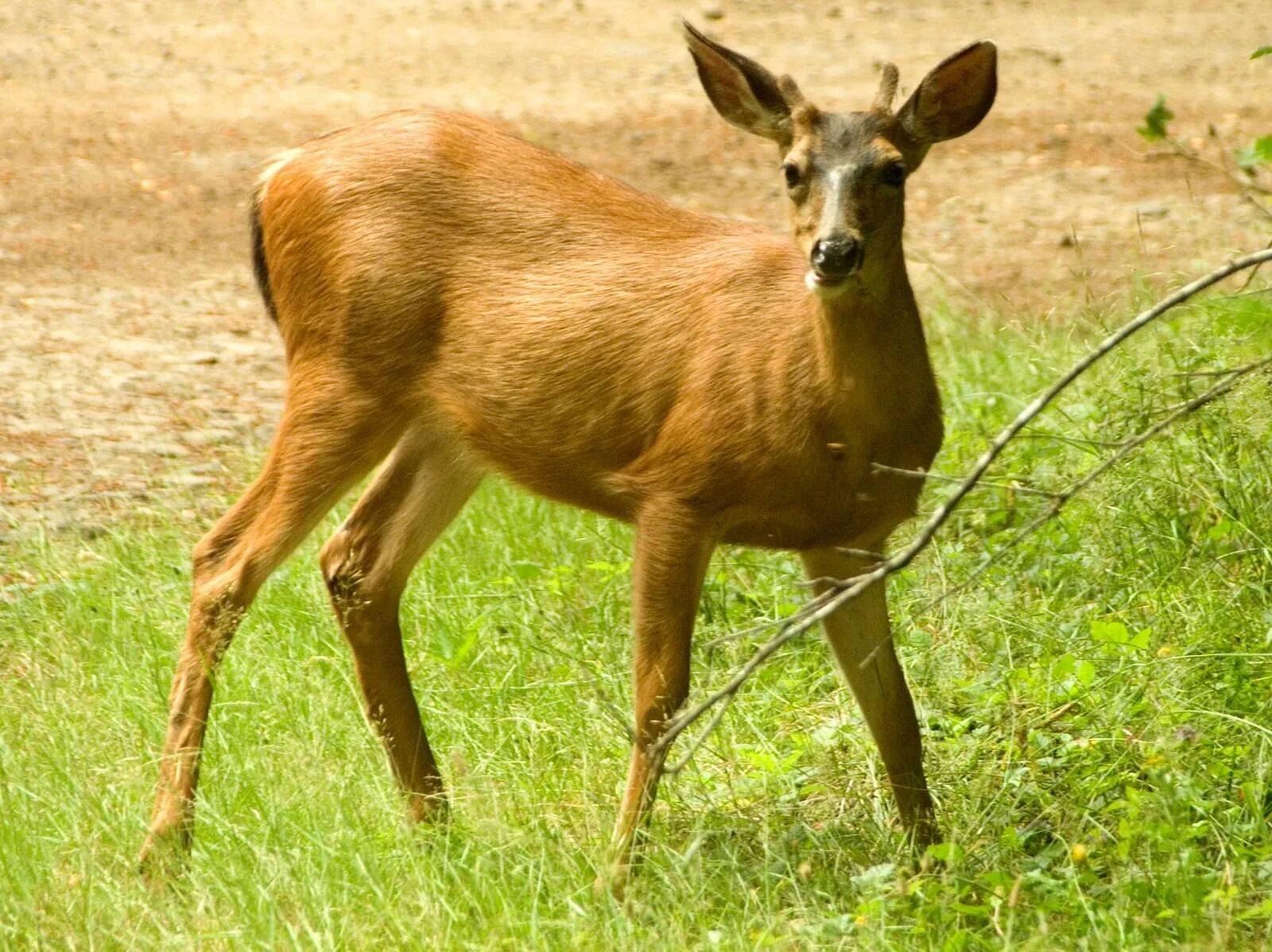
Deers, often admired for their graceful presence and striking antlers, are fascinating creatures that captivate the imagination of nature enthusiasts. From their elegant leaps across meadows to their keen senses that help them navigate their surroundings, deers embody a blend of beauty and resilience. In this article, we'll delve into 18 captivating and fun facts about these magnificent animals, shedding light on their behaviors, habitats, and unique characteristics. Whether you're an avid wildlife enthusiast or simply curious about the natural world, these intriguing insights into the world of deers are sure to pique your interest. So, let's embark on a journey through the enchanting realm of deers and uncover some delightful surprises along the way.
Key Takeaways:
- Deers are adaptable herbivores with impressive physical features, such as rapid antler growth and a specialized stomach, making them fascinating creatures in the animal kingdom.
- Deers play a crucial role in ecosystems and have a rich cultural significance, symbolizing traits like grace and strength, showcasing their enduring impact on the natural world and human societies.
Deers are found on every continent except Antarctica.
Deers are incredibly adaptable animals, with species found in almost every corner of the world. From the forests of North America to the savannas of Africa and the mountains of Asia, deers have managed to thrive in a diverse range of habitats.
Deers are herbivores.
These majestic creatures primarily feed on a diet of plants, including grass, leaves, and shoots. Their digestive systems are specially designed to process a variety of vegetation, allowing them to extract essential nutrients from their plant-based diet.
Deers have an excellent sense of hearing.
Their large, mobile ears enable deers to detect even the slightest sounds in their environment, helping them stay alert to potential threats and communicate with other members of their herd.
The antlers of male deers can grow up to an inch per day.
During the mating season, male deers, known as bucks, grow and shed their antlers annually. This rapid growth rate is a remarkable feat of nature and a spectacle to witness.
Deers are known for their agility and speed.
These graceful animals are capable of reaching impressive speeds, allowing them to evade predators and navigate their surroundings with remarkable agility.
Deers have a specialized stomach with four chambers.
This complex digestive system enables deers to efficiently break down and extract nutrients from their plant-based diet, supporting their overall health and well-being.
The white-tailed deer is the most widespread deer species in the Americas.
Known for its distinctive tail that flashes white when raised, the white-tailed deer is a common sight in various habitats across North, Central, and South America.
Deers are known for their keen sense of smell.
Their acute sense of smell is a vital tool for detecting predators, finding food, and communicating with other deers through scent markings.
Deers have a unique breeding behavior called the "rut."
During the rutting season, male deers engage in fierce competition for mating rights, often showcasing impressive displays of strength and dominance.
The newborn offspring of deers are known as fawns.
Fawns are born with white spots on their reddish-brown coats, providing them with natural camouflage in their woodland environment.
Deers are important in various cultures and mythologies around the world.
These revered animals have been featured in folklore, art, and spiritual beliefs, symbolizing traits such as grace, strength, and the cycle of life.
The moose, elk, and reindeer are all part of the deer family.
While they may differ in size and appearance, these animals share common traits and belong to the same taxonomic family, Cervidae.
Deers are excellent swimmers.
When faced with bodies of water, deers are capable swimmers, using their powerful legs to navigate across rivers and lakes.
The caribou is a type of deer known for its long migration journeys.
Caribou herds undertake extensive seasonal migrations, covering impressive distances as they move between their summer and winter habitats.
Deers have a specialized reflective layer behind their retinas.
This layer, called the tapetum lucidum, enhances their night vision by reflecting light within the eye, allowing them to see more effectively in low-light conditions.
Deers have a diverse vocal repertoire.
From grunts and bleats to snorts and wheezes, deers use a variety of vocalizations to communicate with each other and convey different messages.
Deers are highly adaptable to changing environments.
Their ability to adjust to diverse habitats and food sources has contributed to the widespread distribution of deer species across the globe.
Deers play a crucial role in ecosystem dynamics.
As herbivores, deers influence plant growth and distribution, shaping the structure and diversity of ecosystems in which they reside.
Deers are truly fascinating creatures, embodying a blend of grace, resilience, and natural prowess. Their presence in various ecosystems and cultural narratives reflects the enduring impact they have had on the natural world and human societies throughout history. From their remarkable physical adaptations to their symbolic significance, deers continue to captivate the imagination and inspire admiration for the wonders of the animal kingdom.
Conclusion
Deers are fascinating creatures that captivate our imagination with their grace and beauty. From their remarkable adaptability to their unique social structures, these majestic animals continue to intrigue and inspire us. By understanding the intricacies of their behavior and habitat, we can appreciate the vital role they play in our ecosystem. As we strive to conserve and protect their natural habitats, we ensure that future generations can delight in the enchanting presence of these magnificent animals.
FAQs
Are deers and reindeers the same?
Deers and reindeers belong to the same family, but they are different species. Reindeer are a type of deer species that are well-adapted to cold climates and are known for their impressive annual migrations.
What is the average lifespan of a deer in the wild?
In the wild, the average lifespan of a deer ranges from 4 to 6 years. However, some individuals have been known to live up to 10 years in favorable conditions.
Was this page helpful?
Our commitment to delivering trustworthy and engaging content is at the heart of what we do. Each fact on our site is contributed by real users like you, bringing a wealth of diverse insights and information. To ensure the highest standards of accuracy and reliability, our dedicated editors meticulously review each submission. This process guarantees that the facts we share are not only fascinating but also credible. Trust in our commitment to quality and authenticity as you explore and learn with us.


